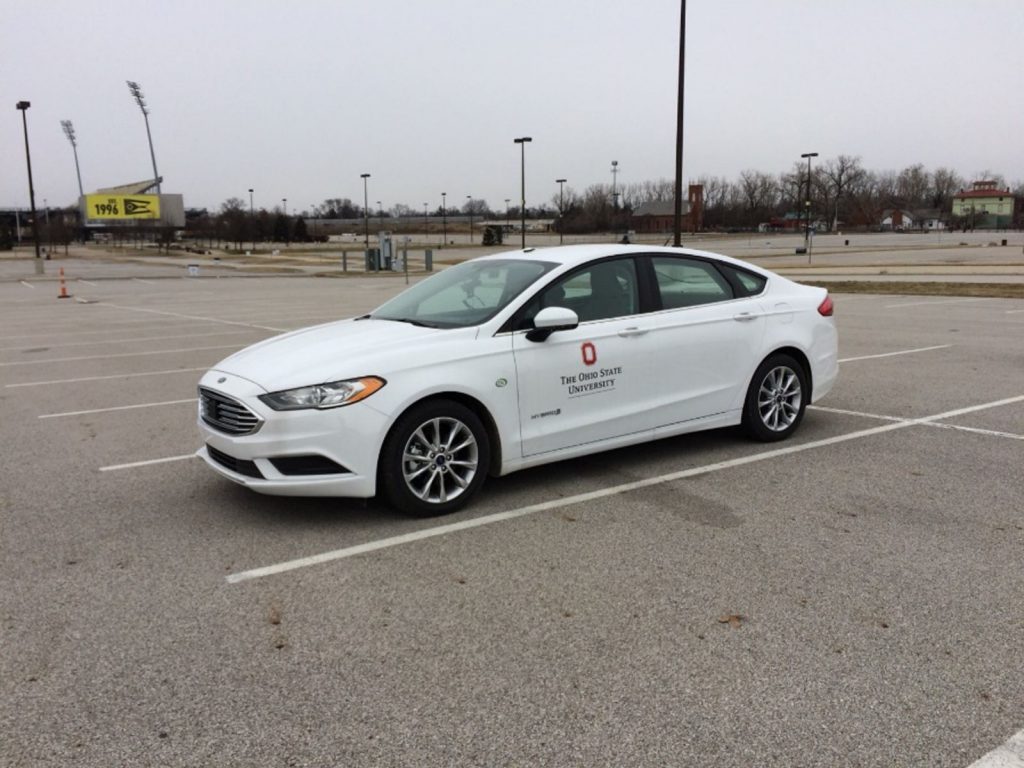
By essentially placing virtual reality goggles over the sensors of driverless cars, scientists now suggest they can safely and cost-effectively test autonomous vehicles in empty parking lots as if they were on real roads, a recent study finds.
Current approaches for assessing self-driving vehicles involve testing software and hardware first in simulations and then on public roads. However, this approach essentially forces other users of the roads to become involuntary participants in these experiments. The risks involved make the entire development process behind autonomous vehicles unsafe, costly and inefficient, the researchers noted.
To overcome these shortcomings, the scientists explored replacing the output from the sensors on autonomous vehicles with simulated data. The researchers also synced vehicle motions with those of the simulations of cars, pedestrians and other potential hazards. In this way, the driverless vehicles could move around safely in empty parking lots but perceive themselves as traveling in highly realistic and responsive 3-D environments.
By essentially strapping virtual reality headsets onto autonomous vehicles and seeing how they behave, this approach, dubbed Vehicle-in-Virtual-Environment, skips past the need for complex models of the self-driving vehicles and their environments, as well as the expensive, time-consuming analyses required to validate the accuracy of those models.
“With our software, we’re able to make the vehicle think that it’s driving on actual roads while actually operating on a large open, safe test area,” Bilin Aksun-Guvenc, a co-author of the study and co-director of Ohio State University’s Automated Driving Lab, said in a statement. “This ability saves time, money, and there is no risk of fatal traffic accidents.”
A key strength of this strategy is the ease with which the researchers can change the virtual environment and add rare events that would prove difficult to simulate or to depict in real life.
“When actual senses are replaced by virtual senses, the model can be easily changed to fit any kind of scenario,” Levent Guvenc, a co-author of the study and also co-director of the Automated Driving Lab, said in a statement.
In addition, the scientists used a smartphone app and a wireless Bluetooth connection to set up a link between a pedestrian with a mobile phone and a phone inside the test vehicle. The researchers had a pedestrian dart quickly across a simulated road a safe distance from the test vehicle, but the Bluetooth signal told the car that the person was darting right in front of it.
“The beauty of the method is that road users can share the same environment at the same time without being in the same location at all,” Guvenc said in a statement.
The researchers have filed a patent for the technology. “We could see this technology becoming a staple in the industry in the next five or 10 years,” Guvenc said in a statement. “That’s why we’re focusing on building more applications for it.”
In the future, Guvenc noted he’d also like to see it be integrated into traffic guidelines made by groups such as The National Highway Traffic Safety Administration.
“Our future depends on being able to trust any and all road vehicles with our safety, so all of our research concepts pertain to working towards that goal,” Aksun-Guvenc said in a statement.
The scientists detailed their findings in the journal Sensors.

